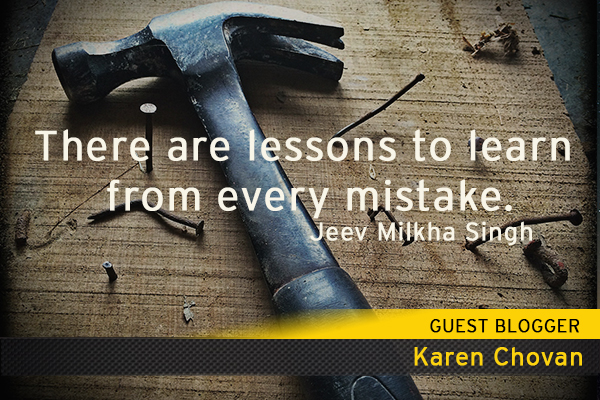Evidence is showing an extremely high rate of project failure, and it doesn’t seem to be getting any better, particularly on projects that have many stakeholders involved, and those that require environmental assessments. What are we missing, and why aren’t our improvement methods working?
Project Failure Rates
As project management processes mature, more and more data is becoming available to understand project failure – the rates of failure, the cost and schedule impacts, and the causes. Many studies are now available and can be used to improve our own work.
In fact, project failure is very common, applicable to every sector, and with many common causation elements. On average, compared to their baseline estimates and schedules,
Failure rates are on the order of 70-80%!
And it doesn’t seem to be improving…so what are we not learning from our past? Let’s review:
A study done by Goldman Sachs in 2008 is a bit dated, but the study showed, on average, for the 75% of projects that were over budget or delayed (by an average of 12 months),
73% of delays were due to Non-technical Issues
Primarily Political or Stakeholder Related
Unfortunately, more recent statistics have similarly been posted by other consulting groups, validating these numbers based on their direct experience, indicating:
The stats are still representative.
A survey performed in 2015 by Oil and Gas iQ indicated high failure rates, ranging from 70 to 80%, when compared to their baseline schedules and costs. In that survey, reasons listed for the “most common breakdowns in project teams which infer project creeps” included:
- Communication Breakdowns / Miscommunications – 24%
- Awaiting Approval from Stakeholders – 40%
Ernst & Young’s report titled “Business Risks Facing Mining and Metals 2015–2016” indicated slightly better rates, with 69% of the projects facing cost overrun, and 50% of the projects reporting schedule delays. While better, this is still not a positive statistic, and three of the five root causes listed for these failures included:
- Stakeholders’ Conflicts,
- Regulatory and Policy-related Challenges, and
- Unfavourable External Environments.
Lessons to Learn
These studies are admittedly a few years old, and the industry is now highlighting new pressing risks like Cyber Security and issues with successful implementation of Digital Transformation initiatives (also, notably, experiencing high levels of failure). But the challenges of project failures have not gone away.
So, what can we really take away from these stats? Here’s my view:
In a complex project world, where we are dependent upon gaining buy-in from external stakeholders, dependent upon gaining regulatory approvals? We MUST get better at a number of things:
- Identifying who all of our stakeholders are, the earlier the better,
- Determining how influential they can be on our project success or failure,
- Truly listening, and being inquisitive to understand their concerns and needs,
- Determining, proactively, how we can address their concerns, and
- Managing their expectations throughout our projects’ life-cycles.
Will you Accept these Recommendations?
It is unfortunate that many companies will initially view this as yet another “hoop they need to jump through”, an extra cost – but my opinion is that this is a false perception. If developments are planned and developed right from the start, unplanned and unexpected costs can be avoided later. If one can proactively identify and address all the risks and concerns, avoid impacts through good planning and design, ultimately total costs will be lower.
About Karen Chovan…I’m on a mission to alter the way industrial developments and projects are planned, designed and operated – such that they have holistically and proactively pre-empted environmental and social risks from a full lifecycle perspective. I help identify new options, make better decisions, and generate or recognize value where others see only cost, all in a streamlined and effective method of delivery. Visit www.envirointegration.com


Comments are closed.